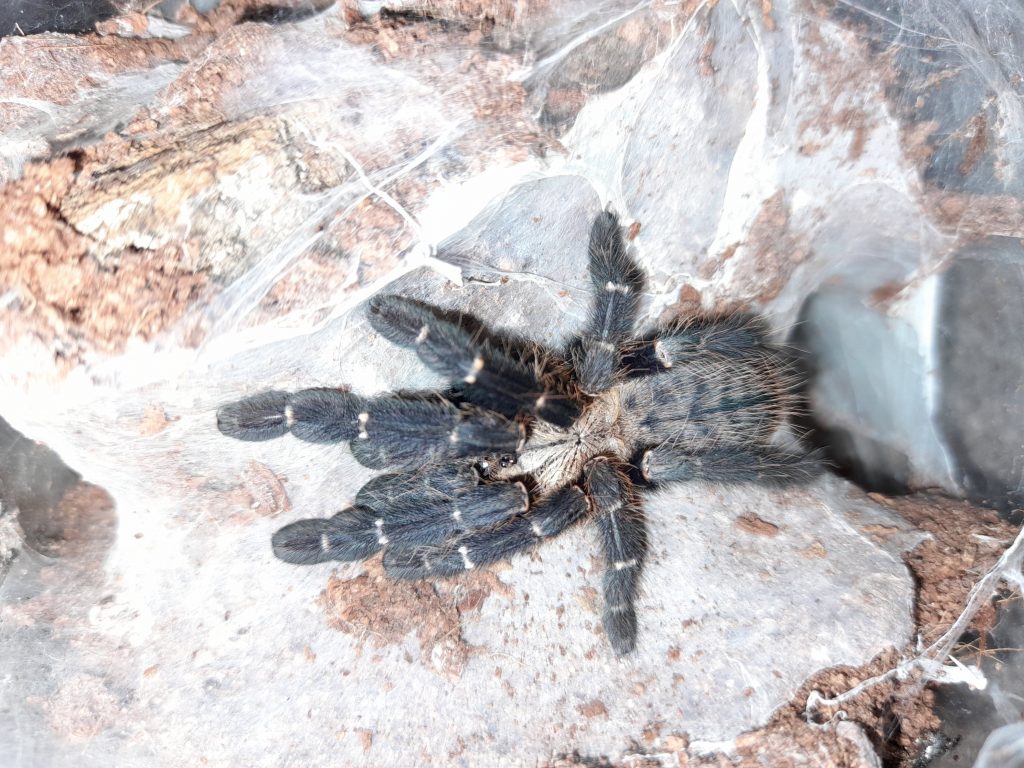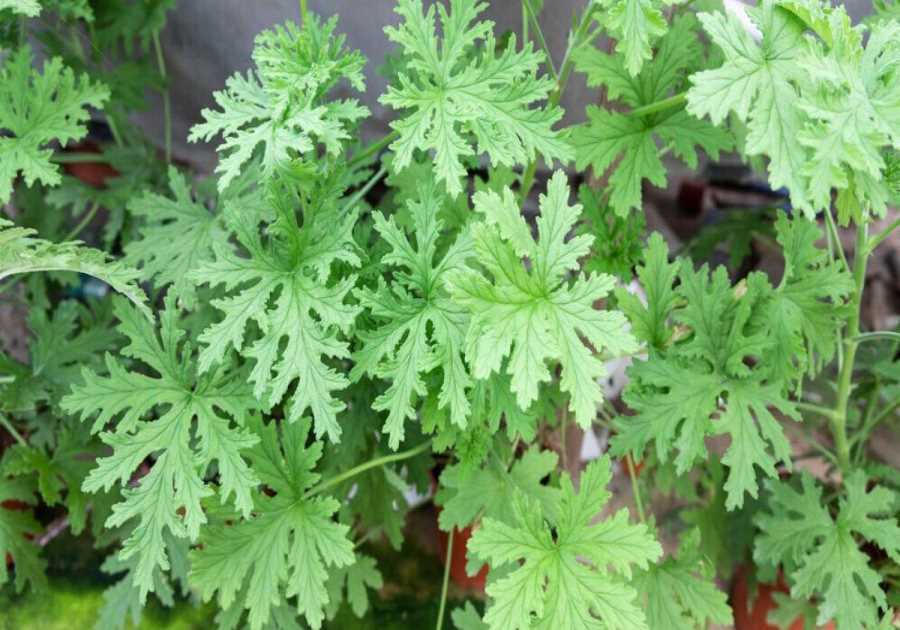Cyriopagopus sp. Hati Hati is a popular and beautiful arboreal tarantula. It displays rich blue/purple legs and abdomen in natural light, coupled with rich abdominal patterning, making it a very attractive species to keep.
Maximum size is around 5-6” in diagonal leg span, making it an average-sized theraphosid.
This species is easily bred and fast-growing, and is subsequently quite reasonably-priced. It has quickly become a “staple” of the tarantula hobby – however it isn’t the right choice for everybody.
If you’re considering investing in your first specimen then read on for my detailed Cyriopagopus sp. Hati Hati care sheet.
Behavior and Lifestyle

Cyriopagopus sp. Hati Hati is an easy species of tarantula to care for in captivity in my experience. It is not, however, suitable for the rank beginner as it can be reasonably fast-moving and defensive. While no accurate records exist, it is assumed that the venom is also likely to be rather “spicy” so you’ll want to avoid a bite.
This general attitude is borne out by the name “Hati Hati” given to this spider in it’s natural domain of Sumatra. The name translates broadly as “caution” or “warning”. So while it is a beautiful and easy species to keep, it’s definitely one to enjoy from a distance rather than one that can be safely handled.
Lastly, having reared a number of specimens to maturity in recent years I’ve found that Cyriopagopus sp. Hati Hati is quite a shy species. Fiercely photophobic, they spend most of their time hiding away from view in a cork bark hide, so aren’t often seen. In my opinion they therefore don’t make a great display specimen.
Broadly speaking, therefore, this is probably a species best-suited to more experienced keepers who have gained some experience with faster-moving or defensive tarantulas, and who don’t expect to see their spider for weeks at a time.
Housing & Caging
As Cyriopagopus sp. Hati Hati is not the most active of tarantulas, the caging requirements are reasonably modest. I rear my juveniles in 32oz deli cups with ventilation holes added, a thick layer of coconut fibre and a vertical piece of cork bark.
Adult specimens are given a similar setup, though of course the spacing should be sized up. I would suggest a minimum of 20cm wide x 20cm deep x 30cm tall for an adult specimen. Due to the speed of these spiders you may want to consider a slightly larger cage, giving you advanced warning if your spider makes a break for freedom when you’re carrying out maintenance.
I use glass Exo Terras for most of my larger tarantulas and these work well. Alternatively a variety of alternative options may be used including:
- Tall plastic storage boxes (such as those sold to house breakfast cereal)
- Customer arboreal tarantula cages as available from specialist suppliers
Temperature & Heating
Cyriopagopus sp. Hati Hati seems quite a sturdy tarantula in captivity, with temperatures north of 20’C /68‘F suiting them fine. My spider room is maintained at around 22-25’C / 72-77’F throughout the year and Cyriopagopus sp. Hati Hati seems to thrive in these conditions.
Water & Humidity
I don’t stress about humidity levels for any of my tarantulas. My adult Cyriopagopus sp. Hati Hati specimens are kept in a dry environment, with fresh water available at all times in an open water bowl.
Juvenile Cyriopagopus sp. Hati Hati that are too small for a water dish are sprayed occasionally with a houseplant mister, then their cage is allowed to dry out fully before re-application.
This avoids an overly “wet” environment that can encourage mould/fungus and damage the health of tarantulas.
Food & Feeding
Cyriopagopus sp. Hati Hati are healthy feeders, and as a result grow reasonably quickly. Spiderlings and juveniles in my collection are fed every 5 days or so, with adults receiving food once a week or so.
I have found that Cyriopagopus sp. Hati Hati rarely goes off it’s food unless a moult is impending, making them reliable and predictable feeders.
While almost any feeder insects can be used, I do find that many roach species simply run away and hide down on the floor of the cage. This means your Cyriopagopus sp. Hati Hati may not discover their dinner.
My preference is therefore suitably-sized locusts, which naturally tend to make their way upwards, clambering up the cork bark hide, and alerting your Cyriopagopus sp. Hati Hati to their presence.
Handling & Temperament
Cyriopagopus sp. Hati Hati is not a tarantula that can be safely handled. Keep your wits about you when their cage is open to prevent the risk of a bite or escapee.
Frankly, given a suitable hide, you’ll likely find your Cyriopagopus sp. Hati Hati remains hidden away from view and is unlikely to cause you any issues.
The post Cyriopagopus sp. Hati Hati (Purple Earth Tiger) Care Sheet appeared first on Keeping Exotic Pets.
-----------------------------------------------------------------------------------------------------------------
By: Richard Adams
Title: Cyriopagopus sp. Hati Hati (Purple Earth Tiger) Care Sheet
Sourced From: www.keepingexoticpets.com/cyriopagopus-sp-hati-hati/
Published Date: Sat, 20 Mar 2021 09:22:14 +0000
Did you miss our previous article...
https://rsssuperfeeds.com/pets/11-tips-to-greeting-strange-dogs






